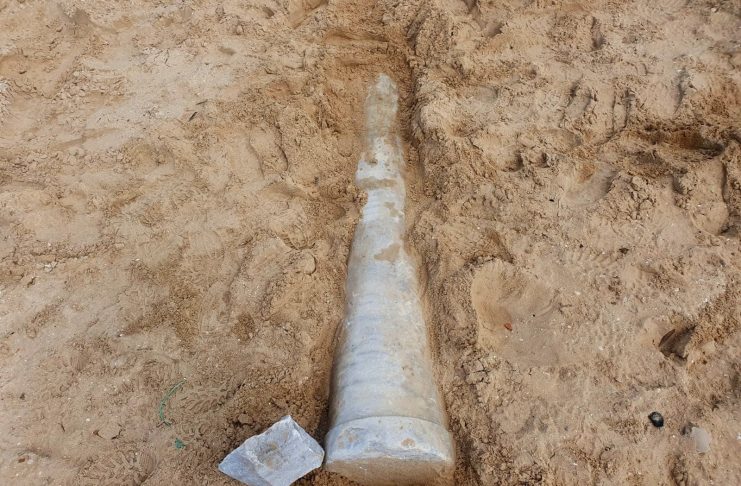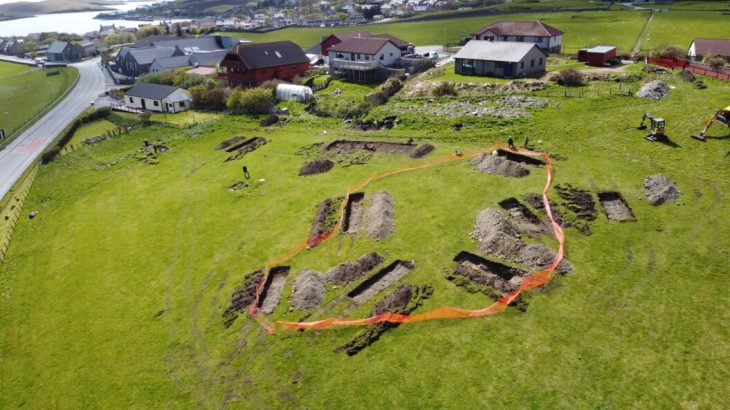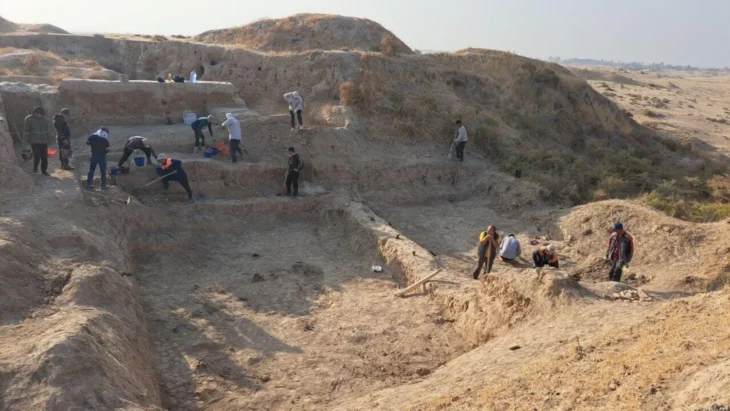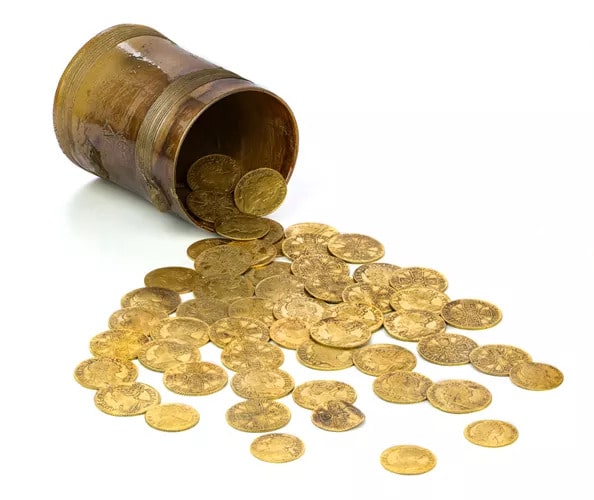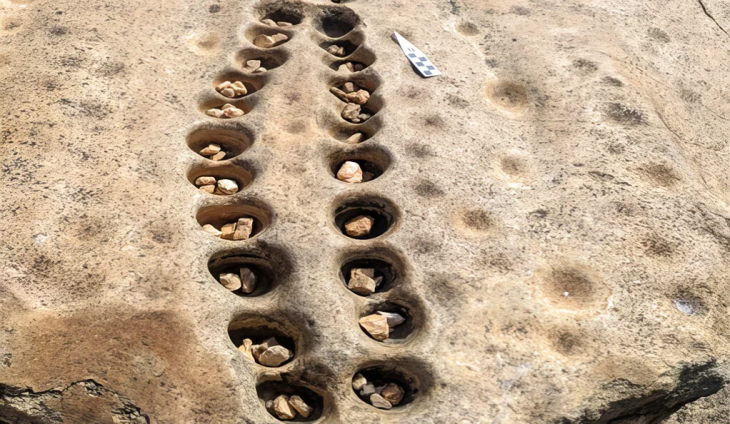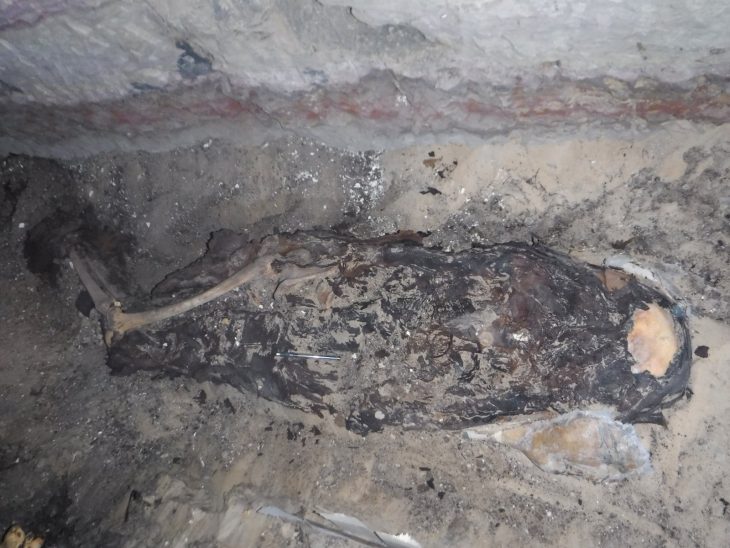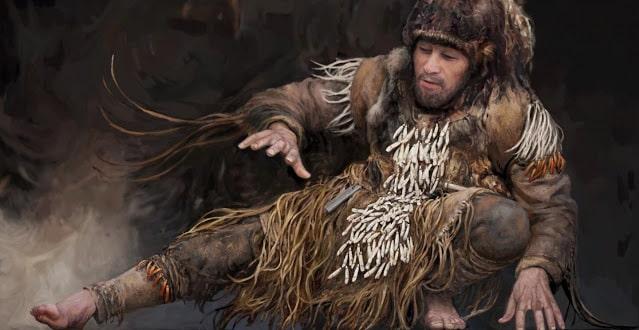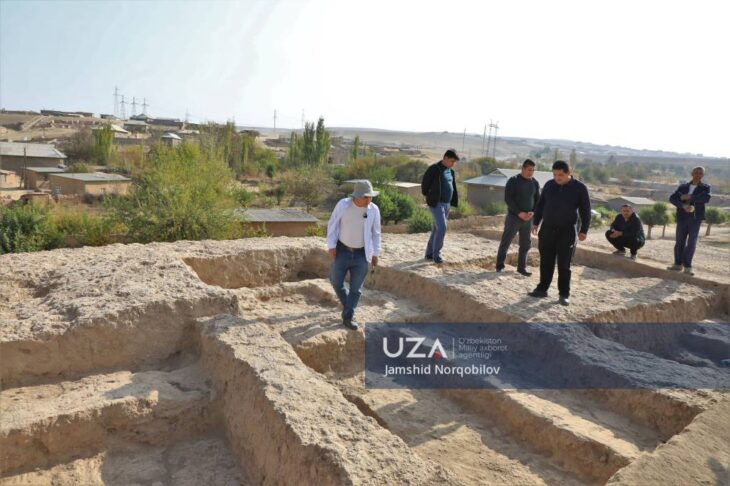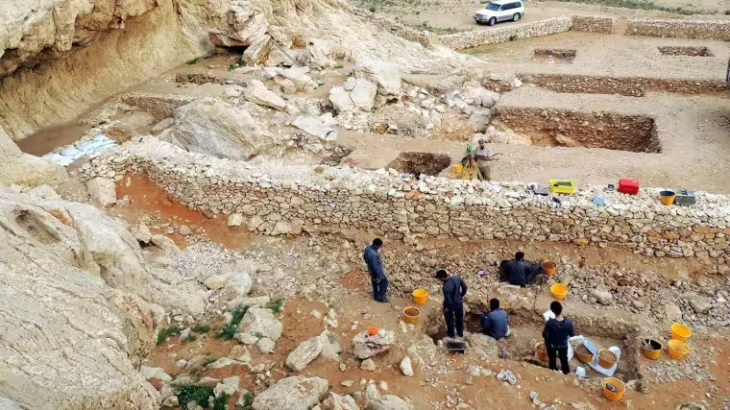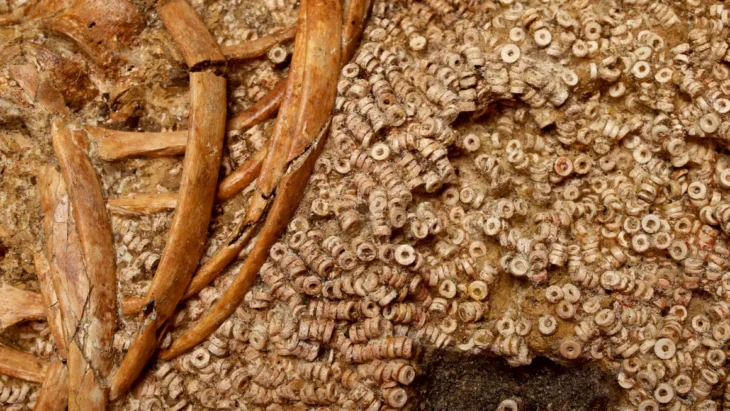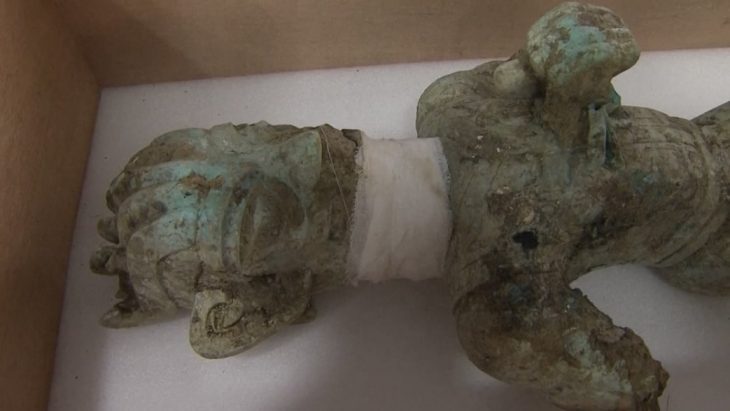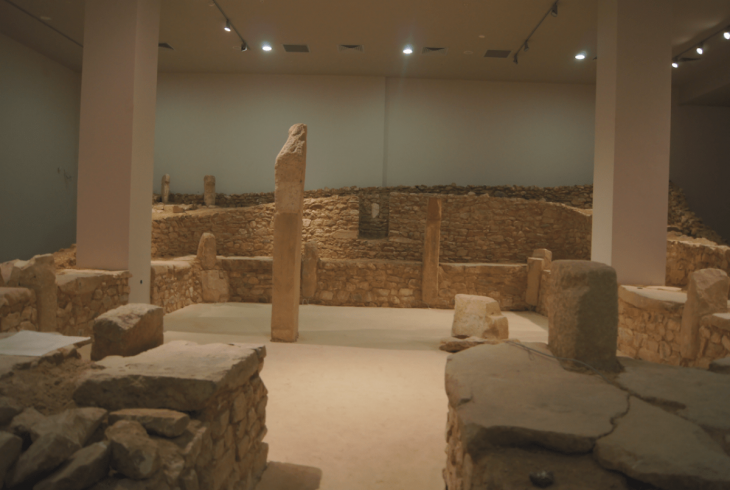Recent rain in Israel has unearthed the remains of a marble pillar dating to around 1,500 years ago on a beach in the city of Ashdod.
The pillar is part of the remains of a large Byzantine church that was located in the area some 1,500 years ago, according to the Antiquities Authority (IAA).
Ashdod-Yam was a prominent port city during the Byzantine period, known as Azotos Paralios, and featured on the renowned 6th century Madaba Map.
The column was found by Ashdod municipal inspectors Itai Dabush and Sagiv Ben Gigi during a recent routine patrol in the dunes.
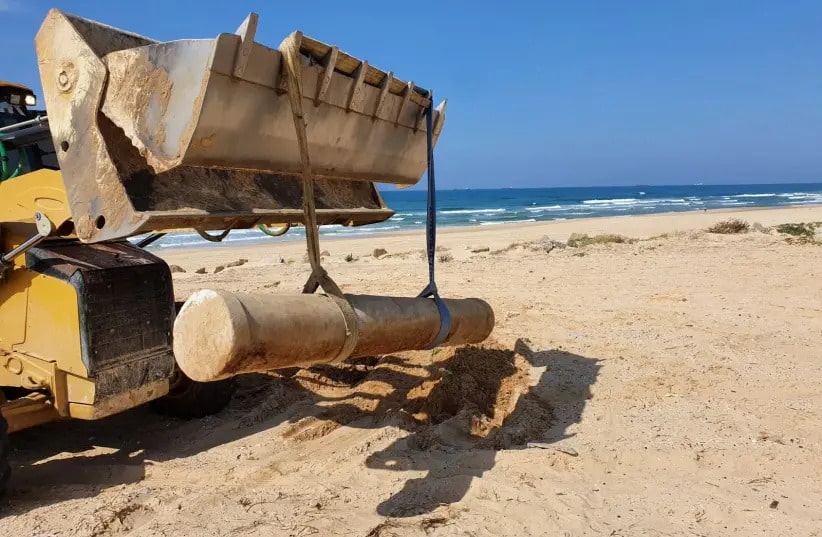
The pillar, which was found lying in the sand, measured about 1.6 meters and, amazingly, was found in one whole, unbroken piece.
📣 Our WhatsApp channel is now LIVE! Stay up-to-date with the latest news and updates, just click here to follow us on WhatsApp and never miss a thing!!
Avi Levy, Ashkelon archaeologist with the IAA, suggests the column may have come from the splendid early Byzantine basilica discovered in Ashdod Yam in 2017.
That extraordinary edifice may be the reason why Ashdod Yam appears on the Madaba Map, a sixth-century mosaic of the Holy Land – in fact, the earliest known map of the Holy Land, Levy says. The map was part of an ornate church floor in Jordan.
The Madaba Map, itself discovered in 1884, shows for instance the church of the Theotokos in Jerusalem, which was dedicated in the year 542, but no buildings in the city postdating the year 570. Scholars therefore believe the mosaic was created before 570.
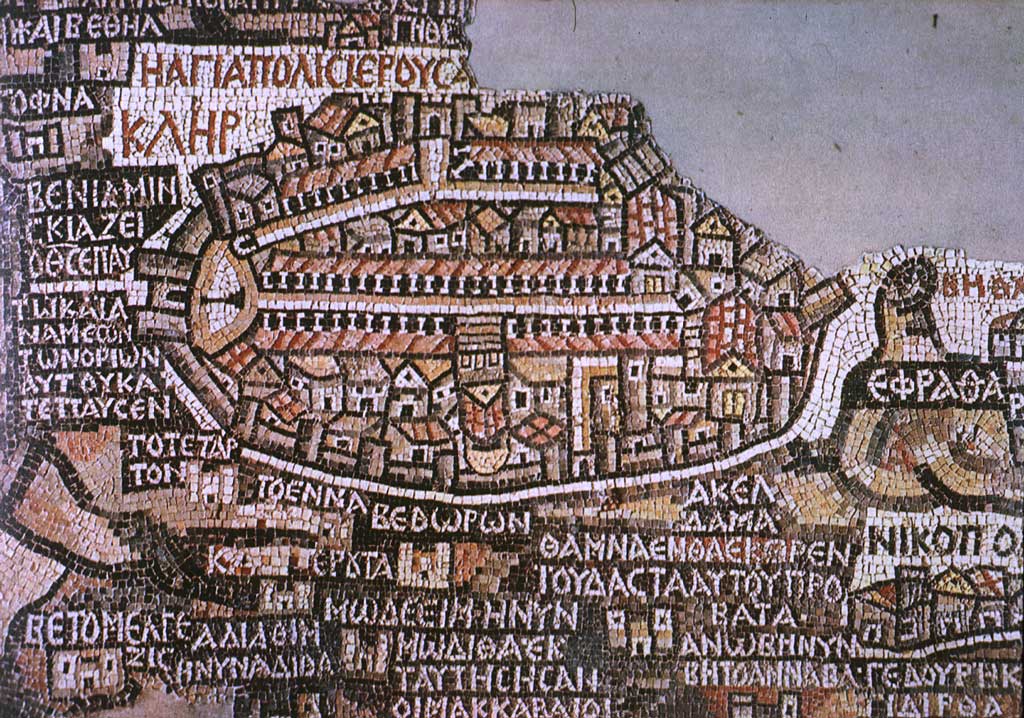
The marble from which the pillar was made is not from Israel, and it needs to be analyzed by IAA experts to pinpoint its origin, Levy said.
However, Dr. Alexander Fantalkin of Tel Aviv University who has been excavating the magnificent basilica doesn’t think the column is from it, but from another locally built church that had been quite close to where the column is now, or was before it was moved. It hasn’t been excavated yet, he adds.
Archaeological excavations have been conducted in Ashdod since 2013 under the direction of Dr. Alex Pantalkin of the Department of Archeology and Ancient Near Eastern Cultures of Tel Aviv University.
Extensive remains of a Byzantine period church compound were uncovered in August 2017 in the northern part of the site. The basilica, under exploration since mid-2017, may actually date to as early as the third century, making it one of the earliest Christian structures in the land.
One of the fascinating finds in the excavation was a series of tombs bearing memorial inscriptions for male and female deacons, assistants of the priest. The tombs were found next to each other in the north citadel area of the church. A tomb of a female martyr was also discovered in the central apse of the church.

